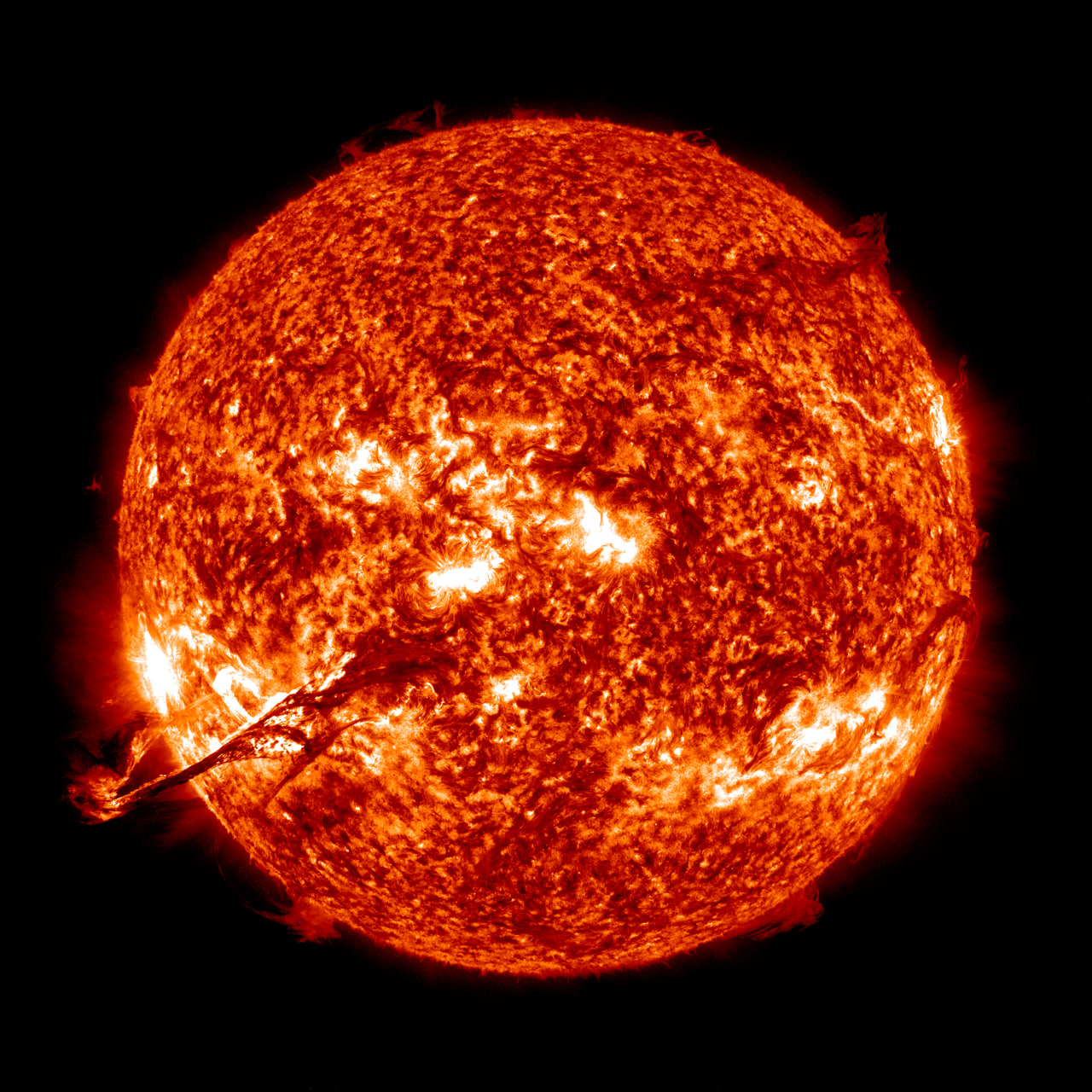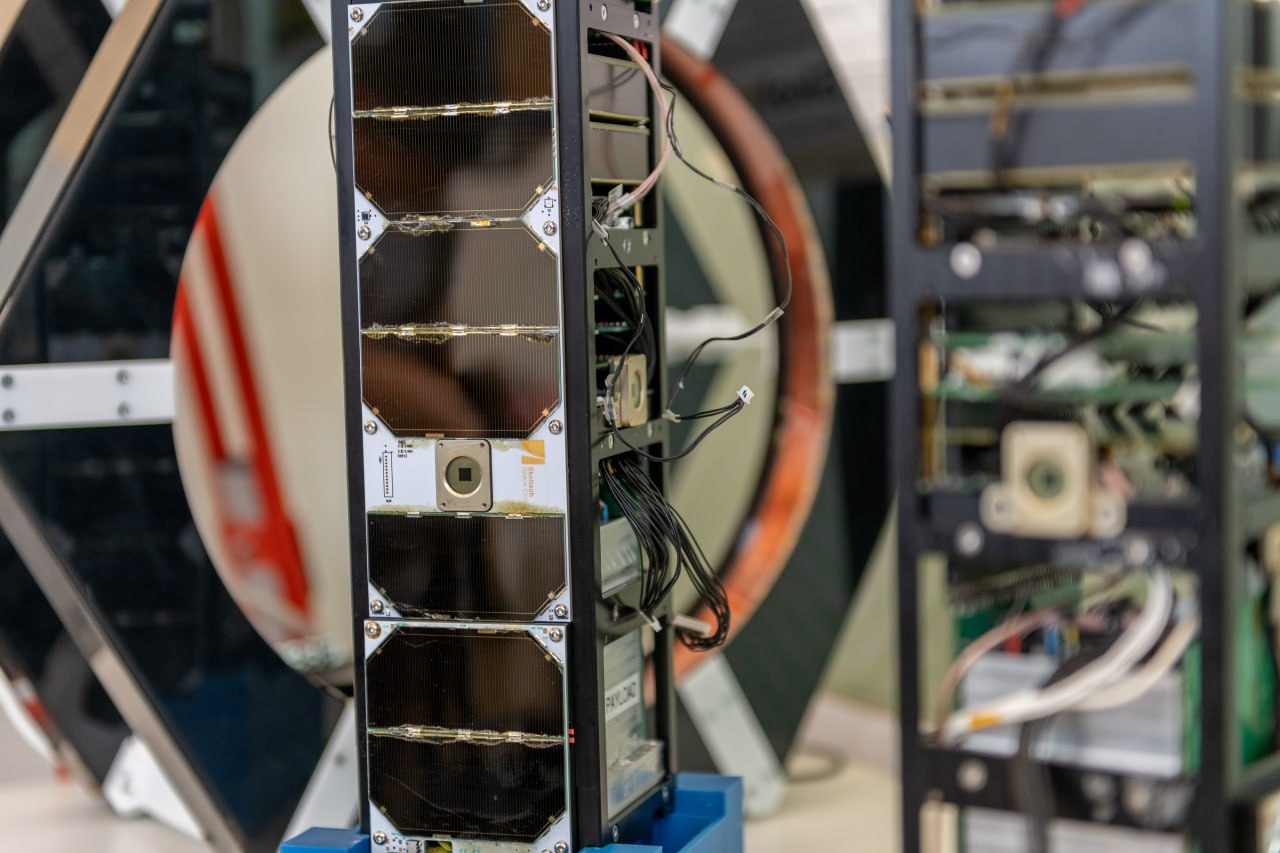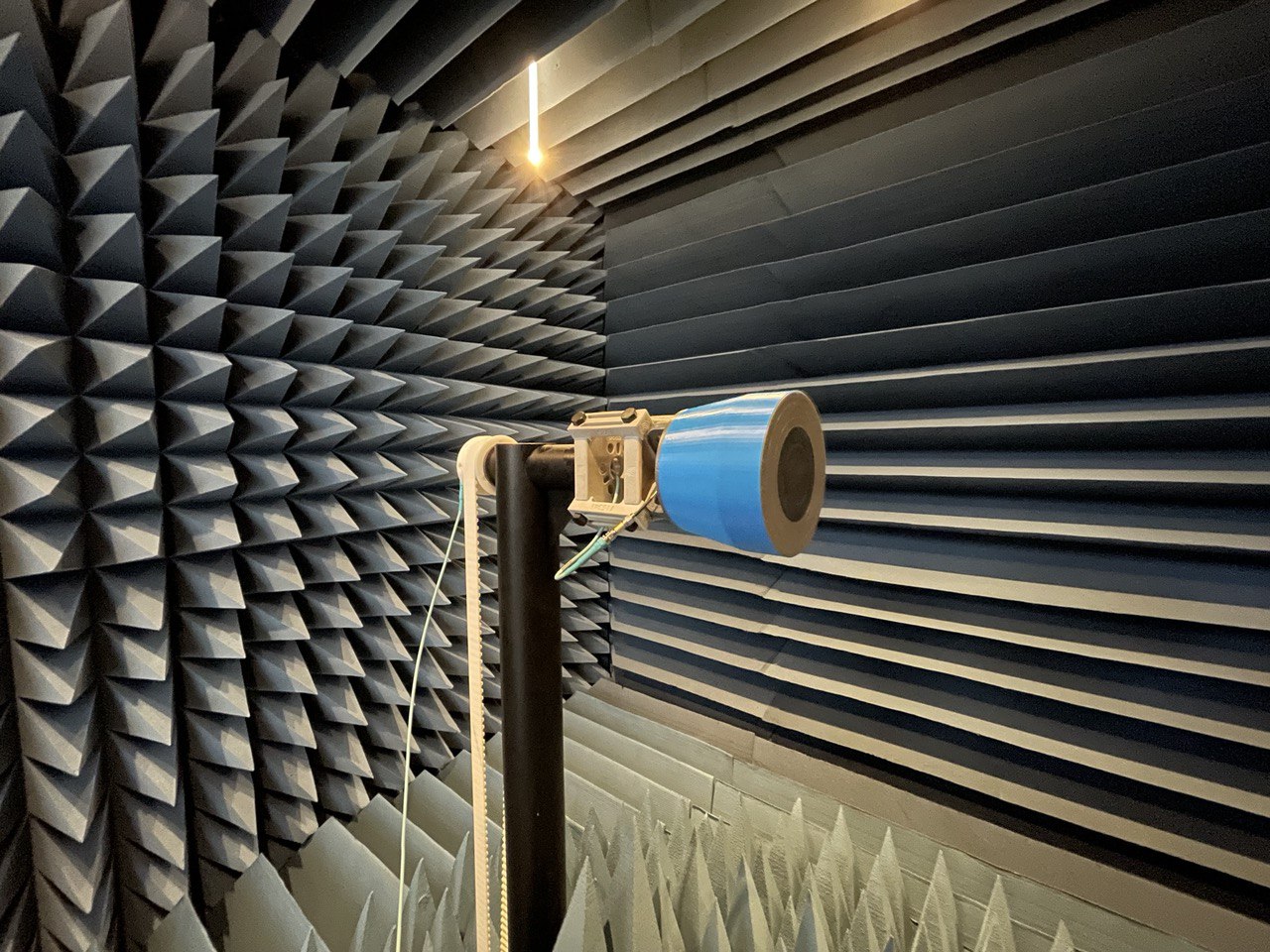What are the space research areas being pursued at the Skoltech Center for Digital Engineering in 2023?

The Space Weather Laboratory studies events that can seriously damage satellites, manned spacecraft, radio communications, aircraft, electrical grids and even pipelines. The lab team focuses on basic and applied space weather research, taking a research-to-operations approach and combining cutting-edge research with applications and services. Projects include studies of coronal mass ejections and related solar phenomena (coronal dimmings, EUV waves, etc.), studies of high-resolution solar physics, forecasting of solar wind, solar radio flux, solar activity and geomagnetic storms, and creation of space weather services.

The Small Satellite Laboratory is studying data from the Skoltech B1/B2 CubeSat built at our university and launched last year. The main task is to test inter-satellite communications for interaction between the two satellites and joint monitoring of the cosmic radiation background using gamma ray sensors. Laboratory specialists are also designing and developing new CubeSat -format satellites, which will be launched in late 2023. The main objective of this launch is to develop a new satellite platform and adapters for femtosatellites - inexpensive satellites weighing up to 100g, designed for short flights at an altitude of around 250-300km and useful for scientific data collection. For these satellites, our laboratory will also develop launch containers which will be mounted on a launch vehicle.
 The Cyber-Physical Systems Laboratory is working to improve the Lens Matrix Antennas, which are used in ground-based terminals for low-orbit satellite communications systems and on-board antennas. This antenna system version requires no phase shifters or attenuators (beamformers), has a low cost, and is easily fabricated using a 3D printer.
The Cyber-Physical Systems Laboratory is working to improve the Lens Matrix Antennas, which are used in ground-based terminals for low-orbit satellite communications systems and on-board antennas. This antenna system version requires no phase shifters or attenuators (beamformers), has a low cost, and is easily fabricated using a 3D printer.
